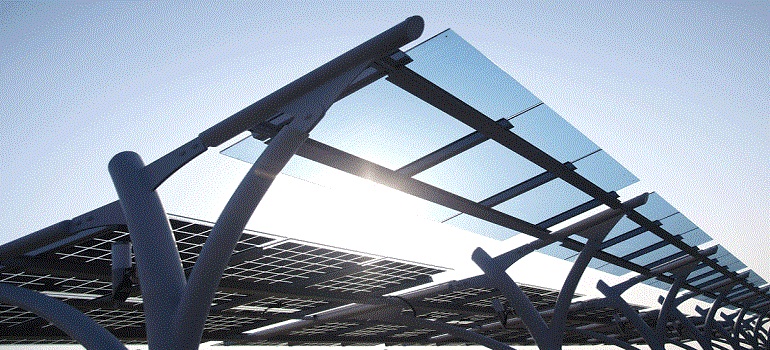 Chinese scientists have developed a new device of 3D hollow-cone structure that can greatly increase the solar-thermal conversion efficiency.
Chinese scientists have developed a new device of 3D hollow-cone structure that can greatly increase the solar-thermal conversion efficiency.
The device, named ‘Artificial Transpiration’ by Zhu Jia and his team from the Nanjing University, is inspired by the transpiration process of trees, an article recently published online by the National Science Review, an English language journal affiliated to the Chinese Academy of Sciences, said.
It has a special 1D water path within it, which can reduce the energy loss in conduction, China’s state-run Xinhua news agency quoted the article as saying.
The cone structure, based on a graphene film, can collect more sunlight throughout the day when compared with a flat device, as about 10 per cent to 50 per cent of sunlight is diffusive. Thus it performs even better in the real world than in the laboratory, it said.
As a result, the device can enhance the solar-thermal conversion rate to 85 per cent, which is much higher than the 40 per cent rate of common devices, it said.
Many sectors have refrained from using solar power because of its low conversion rate caused by losses in radiation, convection and conduction. The device will open new possibilities in utilisation of solar energy.
Zhu’s team first applied this structure to solar waste-water treatment, and the test showed that it could not only retrieve clean water but also recycle heavy metals such as copper and cadmium.
In the future, the structure can be further optimised to have a longer life and recycle more heavy metals, the article said.
Source: PTI
ALSO READ:
Green Energy Association to move SC against APTEL order on RECs of solar and non-solar energy
UK joins International Solar Alliance ahead of PM Modi’s four-day visit to Britain
R.K Singh flags off the UJALA van from Arrah to initiates the Gram Swaraj Abhiyan


